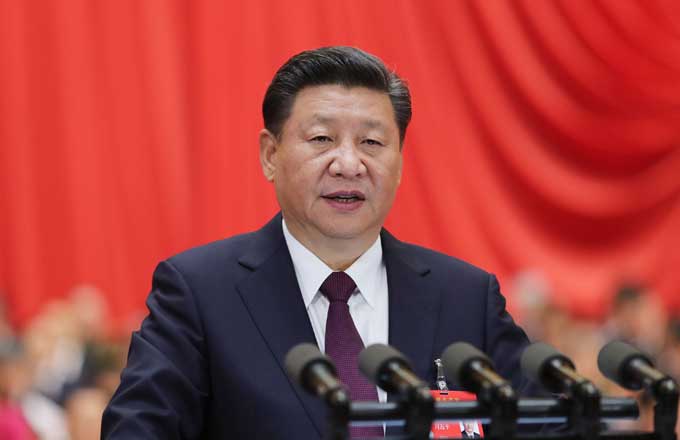Govt to boost Xinjiang region
The central government will take measures that include improving employment and education to boost the development of the Xinjiang Uygur autonomous region, according to a high-level conference.
The development and stability of Xinjiang still faces challenges, and the autonomous region still needs aid across the nation, according to the fourth national work conference on "pairing assistance" projects to support Xinjiang development, which was held on Monday and Tuesday in Beijing.
Yu Zhengsheng, China's top political adviser, said at the conference that more job opportunities should be created for people in Xinjiang, especially for those who live in the southern part of the region.
Southern Xinjiang is densely populated by members of China's ethnic groups, mainly the Uygur ethnic group.
Yu urged support for education, especially bilingual and occupational training, in the region, so as to improve the local people's abilities to start businesses.
More experts should move to Xinjiang to train local government officials as well as specialists, Yu said.
Excellent officials should also be selected and sent to aid the development of the region, he added.
People from Xinjiang are also encouraged to seek jobs in other parts of China.
Vice-Premier Zhang Gaoli said at the conference that the region has advantages in its geographic location and rich natural resources and should become a strategic energy base for the country.
"Xinjiang should be established as a western port for China's foreign trade given the fact that it is located at what has been an important merchant route, the 'Silk Road', since ancient times," Zhang said.
The government should also attach great importance to environmental protection, modern industrial development and harmonious development of ethnic relationships, Zhang said.
Private enterprises should be encouraged to invest in Xinjiang, Zhang added.
"Pairing assistance" projects, first unveiled by the central government in March 2010, involve 19 provinces and municipalities in support of the development of Xinjiang.





















